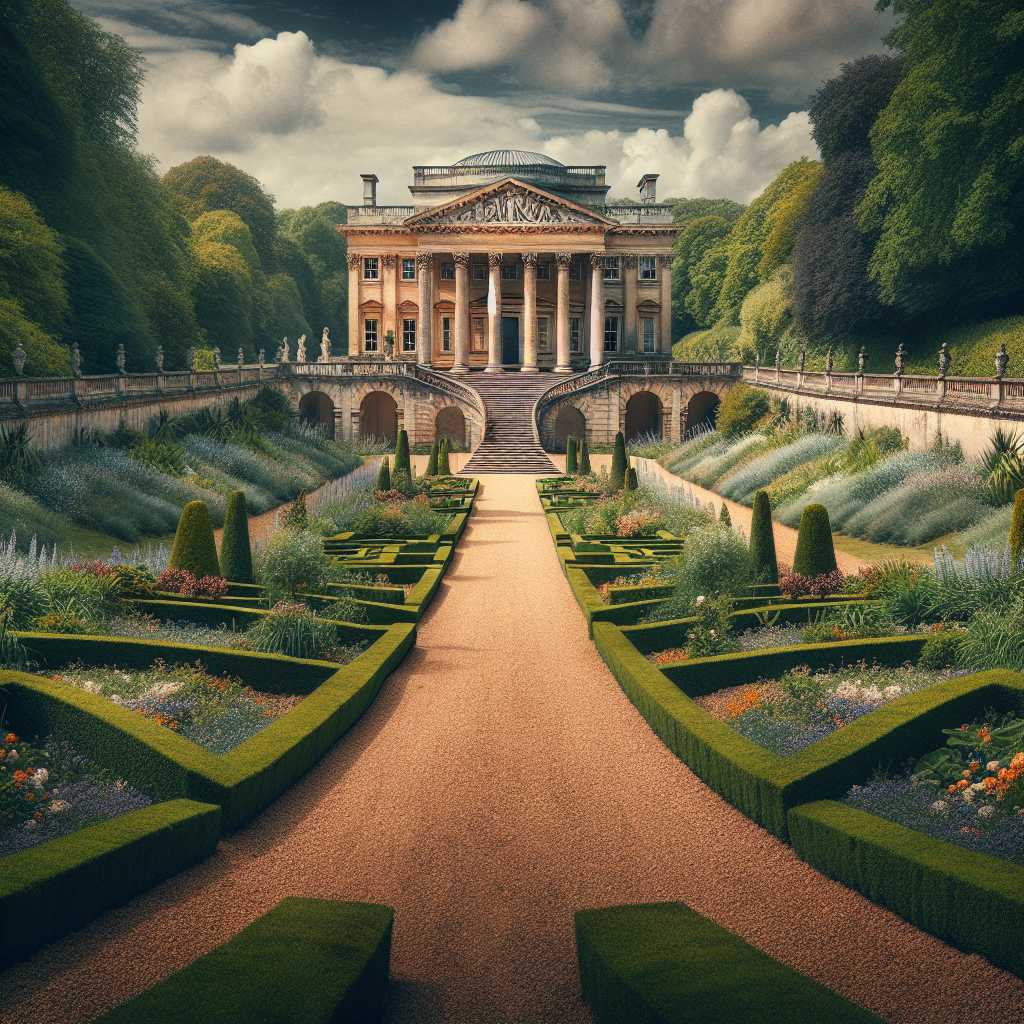The Historical Significance of Monticello
Monticello, the renowned Virginia plantation home of Thomas Jefferson, the third President of the United States and author of the Declaration of Independence, stands as an iconic symbol of America’s early history, architectural heritage, and complex cultural legacy. This article provides an in-depth look at Monticello, delving into its history, architecture, and lasting impact on American culture and education.
History of Monticello: Vision of Thomas Jefferson
Thomas Jefferson inherited land from his father and began building Monticello when he was 26 years old. The name ‘Monticello,’ rooted in Italian, means ‘little mountain,’ aptly describing the plantation’s location on an 850-foot summit in the Southwest Mountains south of Charlottesville. Over the decades, Jefferson expanded and refined the house and its surrounding plantation to reflect his varied interests in agriculture, horticulture, and design.
Monticello was not only a residence but also a working plantation, maintained by the labor of enslaved African Americans. The master-slave dynamics and Jefferson’s own relationship with slavery were complex and paradoxical—and continue to be a subject of considerable discourse among historians. It is both recognized as a place of architectural beauty and mecca of historical learning, as well as a site that must confront the ugly history of slavery in early America.
Architecture and Design: A Reflection of Enlightenment Ideals
Jefferson was heavily inspired by the classical architecture of ancient Rome which he believed exemplified the architectural vocabulary of democracy. His design for Monticello followed principles he admired in Renaissance Italy, particularly those of Andrea Palladio. Taking nearly 40 years to complete, Jefferson’s Monticello is widely regarded as an architectural masterpiece and designated a UNESCO World Heritage Site, alongside the University of Virginia, which he founded.
The plantation manifested Jefferson’s attention to detail and his intellectual curiosity. The house is filled with many curated innovations; those include an impressive library, a clock-driven mechanism showing the days of the week, skylights (then novel), alcove beds, and other ingenious contraptions that marked his mechanical ingenuity and relentless quest for improvement.
Monticello: An Estate Encircled by Agriculture and Innovation
Jefferson was first and foremost a planter and took intense interest in agricultural science. Monticello served as both his home and an experimental laboratory for new crops and farming techniques. Here he attempted to grow a variety of crops, particularly wanting to break reliance on tobacco by introducing wheat cultivation. His extensive gardens served as a research center where he trialed multiple species brought back from his diplomatic travels.
Public Education and Preservation Efforts
After Jefferson’s death in 1826, Monticello passed through several hands until finally being acquired by the Thomas Jefferson Foundation in 1923. The foundation has worked tirelessly to restore and preserve Monticello as it was in Jefferson’s time. Today, it operates as a museum and educational institution offering tours that highlight Jefferson’s contributions to American society while also giving insight into the lives of the enslaved people who resided on the grounds.
Monticello also serves as an educational resource beyond its physical boundaries. The foundation provides online resources and curriculums that facilitate primary education about early American history topics connected with Monticello’s legacy—ranging from horticulture to historical accounts reflecting on slavery.
Contemporary Significance: Reconciling Beauty with Pasts Atrocity
In recent years there has been a concerted effort to provide a more honest acknowledgment of slavery at Monticello. Exhibitions now not only showcase Jefferson’s innovations but also tell the stories of individuals enslaved at Monticello through archeological discoveries and historical documentation. There is an ongoing determination to ensure that people comprehend fully not just Jefferson’s accomplishments but also understand whose labor made those accomplishments possible.
Visitors can explore exhibits about these individuals’ lives at the restored slave quarters along Mulberry Row – where enslaved people lived and worked – reminding us that such spaces held daily experiences of untold hardship in stark contrast to the Enlightenment ideals upheld within Jefferson’s home.
Monticello Events and Educational Programs
Monticello hosts numerous events throughout the year. These educational programs which often coincide with important dates such as Independence Day or Jefferson’s birthday aim to celebrate American history whilst making space for thoughtful discussion on subjects such as liberty, citizenship, democracy, slavery, and innovation.
Through conferences, workshops, special tours addressing themes such as Jefferson’s role in Westward Expansion or African American history relating to Monticello—facilitators strive to engage a varied audience on many aspects crucial to understanding not just Monticellho’s place in American history but America itself.
